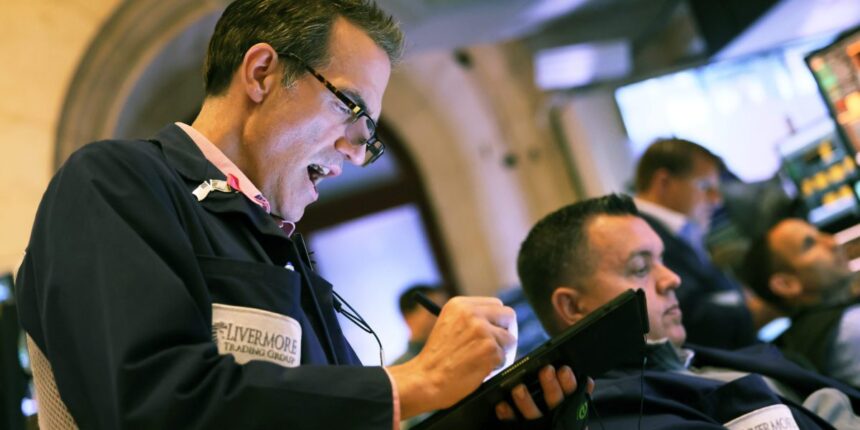
With inflation slowly fading and enthusiasm over artificial intelligence building, tech stocks have surged in 2023, kicking off a fierce debate on Wall Street.
There’s broad consensus among analysts that A.I. is set to change the world over the long term, but some more cautious minds argue that this year’s run-up in A.I.-linked stocks has created a “bubble-like euphoria” among investors—or even another hype cycle that could ultimately end in a crash. And when it comes to inflation, while some economists believe that a recent cooling has given the Federal Reserve the ammo to stop its raising interest rates, others argue the central bank’s battle for price stability is far from over, which could put pressure on stocks. In both of these debates, Wedbush tech analyst Dan Ives is on the side of the optimists.
“With the Fed waving the white flag on rate hikes, we see a green light risk-on environment into year-end and believe we are only in halftime of this new tech bull market raging into the next 12 to 18 months,” he wrote in a note to clients Friday.
Ives believes that inflation is fading and A.I. is “starting to quickly prove it’s NOT a hype cycle,” which should pave the way for tech stocks to soar another 12% to 15% through year end. He pointed to strong spending on cloud infrastructure projects throughout the second quarter, driven by investments in A.I. technology. He argued that, over the next decade, A.I. will “conservatively” spur $800 billion in tech spending.
“Rome was not built in a day, and neither will the AI ecosystem, but let’s be clear, this build out is unlike anything we have seen since the Internet in 1995 and the ramifications are just starting to ripple through the consumer/enterprise landscape,” he wrote, comparing the rise of A.I. to the early days of the dot-com boom.
Despite fading inflation and the potential for A.I. to spur tech spending and increase productivity, tech investors have started to get cold feet over the past month.
After surging 38% through mid-July, the tech-heavy Nasdaq Composite has sold off in recent weeks, dropping roughly 5% since its July 19 peak. And shares of exchange traded funds that track A.I. stocks have seen an even more dramatic pullback—the Global X Robotics & Artificial Intelligence ETF, for example, is down 12% from its July 18 peak.
But Ives, who previously argued that A.I. is helping usher in a “4th industrial revolution,” believes investors need to “see through the trees” amid the pullback to the long-term potential of A.I.
“We are now in the use case study phase and build out stage of AI which ultimately is setting up for a massive cycle of spend for the likes of Nvidia, Microsoft, Google, Apple (AI App Store 2025 thesis), Oracle, Palantir, MongoDB, Snowflake, Salesforce, AMD, C3.AI, and many others,” he said, pushing off concerns about high valuations.
Ives isn’t the only analyst expecting a productivity and spending boom from A.I. Goldman Sachs analysts argued in an August 1 note that A.I. investments could top $200 billion by 2025, sparking a wave of “efficiency gains” for corporations.
“Innovations in electricity and personal computers unleashed investment booms of as much as 2% of U.S. GDP as new technologies were adopted into the broader economy. Now, investment in artificial intelligence is ramping up quickly and could eventually have an even bigger impact,” they wrote.








